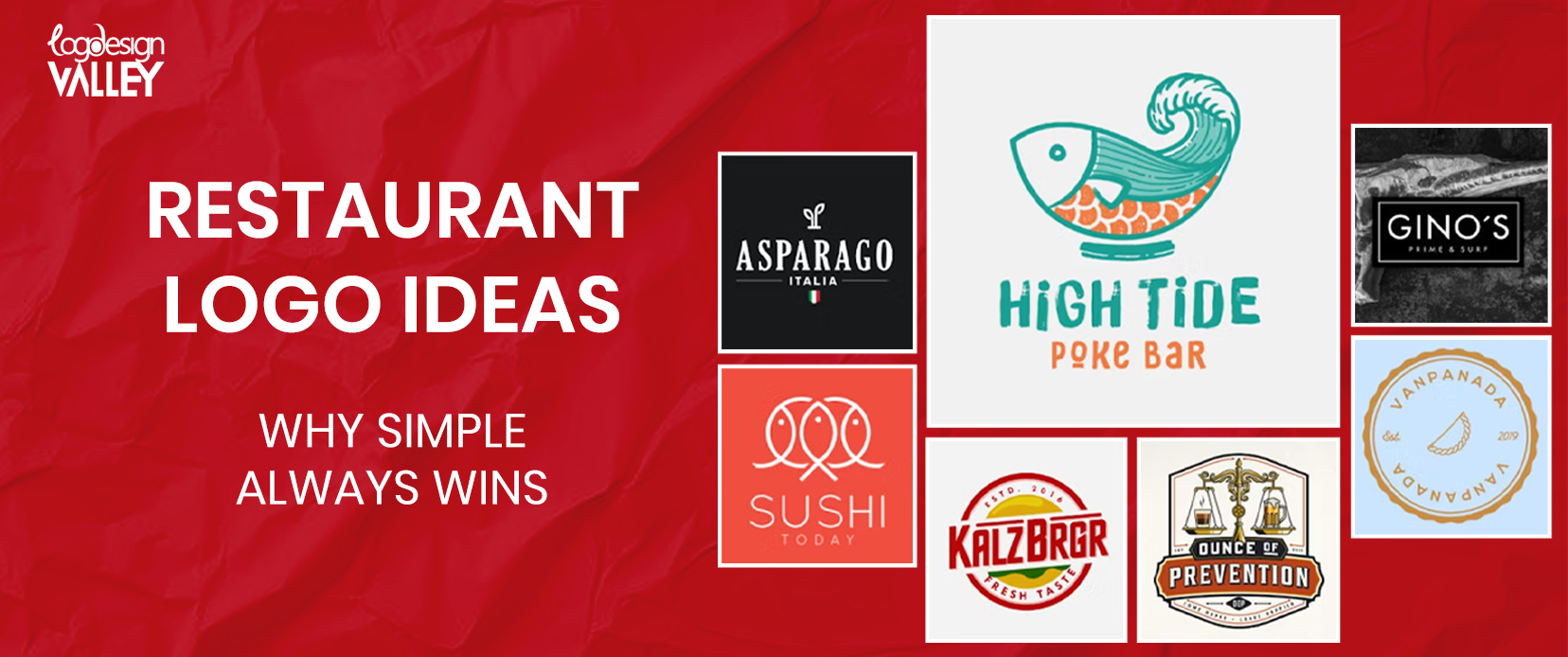Logos are a crucial element in branding, representing a business or organization’s identity in a simple yet effective way. A logo can convey a company’s values, style, and mission to the public in a single image. However, designing a logo is no easy task, and there are several best practices to keep in mind to create an effective and professional logo that will help establish and grow a brand.
Logo Design Best Practices
Keep it simple
One of the essential best practices for Logo Design Best Practices is simplicity. A simple, straightforward logo design is more likely to be memorable and recognizable, making it easier for customers to associate it with the brand logo. A too complex or cluttered logo can be challenging to decipher and will likely be forgotten quickly. Keeping the design simple will ensure that it is easily recognizable and memorable.
Use colors carefully
Color plays an essential role in logo design, as it can convey the brand’s personality and style. Colors can evoke emotions, so choosing the right colors for the logo design is important. For example, blue is often associated with trust and reliability, while red is associated with excitement and passion. It’s essential to choose colors that fit with the brand’s values and message and the target audience. However, using too many colors in a logo can be overwhelming, so it’s best to stick to a maximum of three colors.
Choose fonts wisely
Fonts are another crucial element of logo design, and it’s essential to choose a font that is clear, legible, and fits with the brand’s style. A font that is too fancy or hard to read can make the logo difficult to understand and detract from the brand’s message. It’s also important to choose a scalable font so it can be easily resized without losing its legibility.
Be unique
A unique logo design will help the brand stand out and be easily recognizable. It’s important to avoid using generic or overused symbols and design elements, as this can make the logo blend in with the competition. A unique logo will help the brand make a lasting impression and convey its distinct personality and values.
Consider scalability
Logos are used in a variety of settings, including on websites, social media, business cards, and signage. Creating a scalable logo is essential, meaning it can be resized without losing its quality or legibility. A scalable logo will ensure that it looks great in any size, making it more versatile and useful for the brand.
Research the competition
Before designing a logo, it’s important to research the competition and see what logos are already in use. This will help ensure that the logo stands out and is not too similar to others in the same industry. Creating a unique and distinct logo while still fitting in with the industry and brand values is important.
Get feedback
Once a logo has been designed, it’s important to get feedback from others, including customers, employees, and stakeholders. Feedback can provide valuable insights into how the logo is perceived and how it can be improved. It’s important to keep an open mind and be willing to change the logo design based on feedback.
Use it consistently
Once a logo has been designed, it’s important to use it consistently across all platforms and marketing materials. This will help establish the brand’s identity and make it easily recognizable. Using the logo consistently will also help build brand recognition and awareness.
Conclusion
In conclusion, creating a professional logo design requires careful consideration of several best practices. Keeping the design simple, using color carefully, choosing fonts wisely, being unique, considering scalability, researching the competition, getting feedback, and using the logo consistently are all crucial elements of successful logo.





